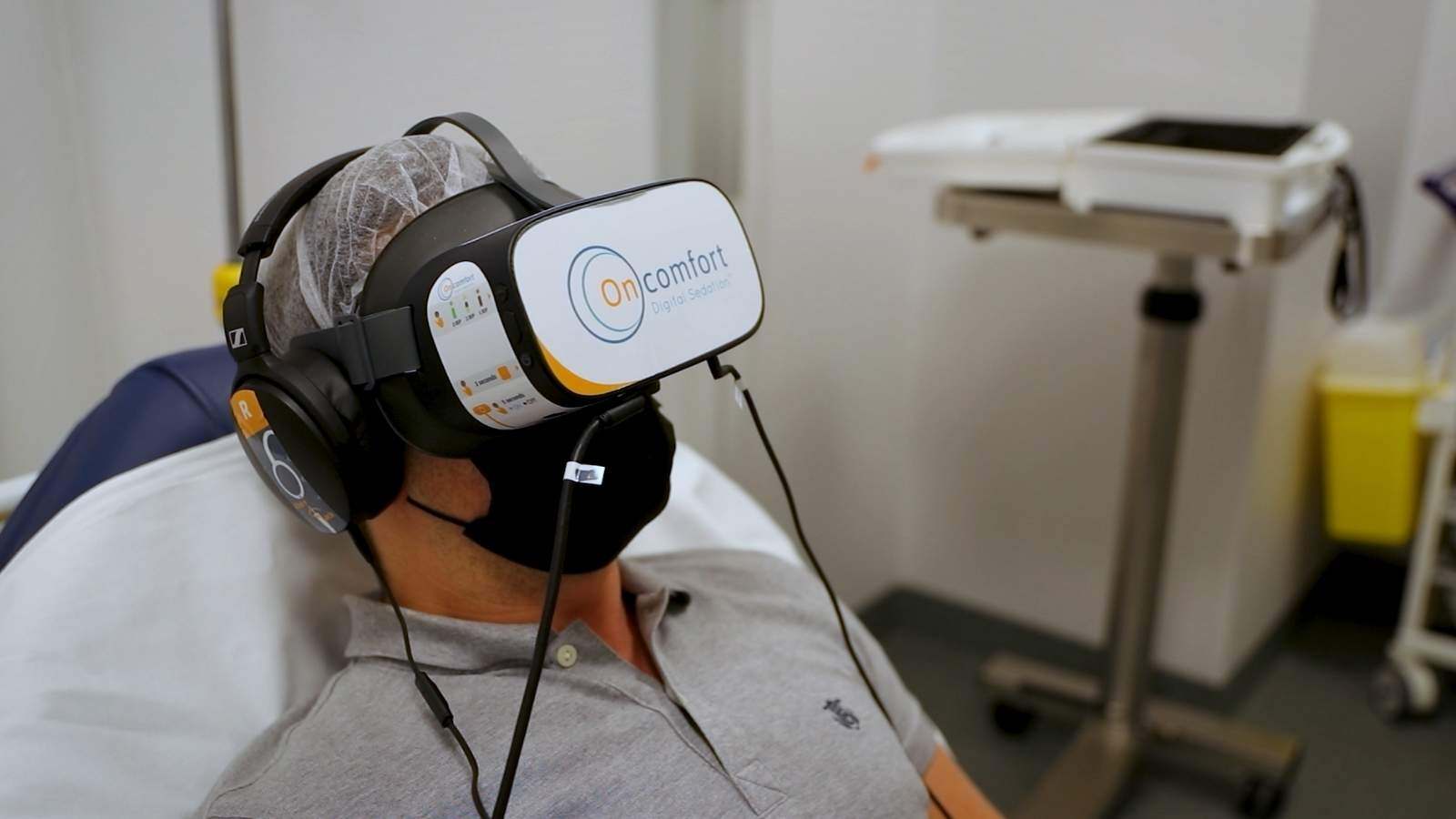What is REACH, and Why is it Important for Pharma and Life Sciences?
The REACH (Registration, Evaluation, Authorisation, and Restriction of Chemicals) Regulation is a cornerstone of EU chemical policy, especially for industries where human health and safety are paramount, like pharma and life sciences.
In force since 2007, REACH is among the world’s strictest laws for regulating chemicals, aiming to protect human health and the environment. Compliance is not optional; it’s essential for maintaining access to the EU market and upholding high safety standards critical to these industries.
Who Needs to Register Chemicals Under REACH?
If you’re in the pharmaceutical, life sciences, or chemical sectors and manufacture or import chemical substances in quantities of one ton or more per year within the EU, REACH registration applies to you. This includes manufacturers, importers, and “only representatives.”
Whether your chemicals are part of industrial processes or specific applications in pharma products or medical devices, REACH ensures that the risks associated with these substances are managed responsibly.
To meet these requirements, companies must identify and manage any risks tied to the substances they’re producing or selling in the EU. The level of detail you’ll need to provide depends on your tonnage band—higher quantities require more comprehensive data.
Thankfully, the process is streamlined with support from ECHA, which manages the technical, scientific, and administrative aspects of REACH. There are also dedicated tools, like IUCLID 6, REACH-IT, and CHESAR, that help companies track substances, manage documentation, and submit registrations online, making compliance easier.
Key Steps in the REACH Registration Process for Chemicals in Pharma and Life Sciences
To simplify your path to compliance, here’s a breakdown of the REACH registration process, tailored for those in pharma, life sciences, and similar fields:
1. Substance Identification
Begin by identifying each chemical’s composition and properties with detailed analytical data relevant to its application in pharmaceutical or life sciences contexts.
2. Inquiry Submission
Submit an inquiry to ECHA using the IUCLID software. This initial step helps avoid unnecessary testing by enabling data sharing with other registrants handling similar chemicals, particularly useful for companies sharing substances across pharma applications.
3. Data Collection
Gather physicochemical, toxicological, and ecotoxicological data on your chemicals. In the pharma sector, safety and efficacy are paramount, and compliance with REACH often overlaps with pharmacovigilance goals. Participation in a Substance Information Exchange Forum (SIEF) can help minimize costs and prevent duplicate testing.
4. Dossier Preparation
Compile your registration dossier through the IUCLID software. For chemicals above 10 tonnes per year, a Chemical Safety Report (CSR) is also needed. This stage is critical for pharma and life sciences companies, where thorough documentation and data integrity are especially vital.
5. Dossier Submission
Submit your completed dossier through the REACH-IT portal. If applicable, submit a Joint Submission under the “One substance, one registration” rule, ensuring alignment with other registrants, often critical in the pharma industry.
6. Completeness Check & Registration Number
ECHA conducts a completeness check before issuing a registration number, provided the registration is complete and payment is settled. For life sciences companies, this registration is a key milestone in both compliance and safety protocols.
Ongoing Compliance: The Living Dossier for Chemicals in Pharma
Under Article 22 of REACH, your registration dossier is more than just a static report; it’s a “living document.” Manufacturers and importers have a continuous responsibility to keep their dossiers up-to-date to reflect the latest knowledge on how their substances can be used safely at production sites and by users throughout the supply chain.
Whenever new information becomes available, whether it’s a change in the substance’s composition (such as impurities or additives), a shift in tonnage band, new uses, or additional risk data, an update to the dossier is required.
Updates may also be prompted by changes in company status or ECHA’s evaluation decisions, where additional information or specific tests may be requested. This ongoing update cycle ensures that your data stays current and aligns with safe usage practices, echoing the continuous monitoring and documentation needs found in pharmacovigilance within the life sciences industry.
Challenges and Benefits of REACH Compliance for Life Sciences Companies
The implications of REACH compliance for companies, particularly those in the pharma and life sciences sectors, are both significant and multifaceted.
Testing and documenting the properties of chemicals demands substantial investment, a process that can be especially challenging for small and medium-sized enterprises (SMEs) due to the financial and administrative burden.
However, REACH compliance is mandatory for any company manufacturing or importing chemicals into the EU market, and non-compliance can result in restricted market access, ultimately limiting business opportunities.
On the positive side, REACH compliance encourages innovation. The regulation promotes the exploration of safer, more sustainable chemical alternatives, often leading to the development of new products and processes.
Additionally, REACH fosters close collaboration across the supply chain, as companies work with suppliers and customers to ensure everyone complies with the regulation, thereby strengthening market position and contributing to a safer environment for all.
Simplify Your REACH Compliance for Pharmaceuticals with QbD Group
We offer tailored services to streamline your REACH registration process and keep your business compliant with EU chemical regulations:
- Inquiry & Registration Dossiers (Lead or Joint Submission) specific to the needs of pharma and life sciences
- Dossier Updates to maintain ongoing compliance for chemicals in these highly regulated industries
- Data Collection & Gap Analysis for in-depth evaluation aligned with pharmacovigilance and regulatory standards
- Testing & Monitoring through accredited laboratories
- Comprehensive Compliance Strategies aligned with REACH requirements for chemicals in pharma and life sciences
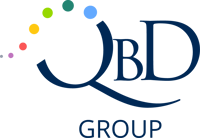

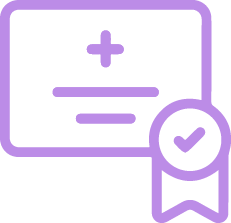
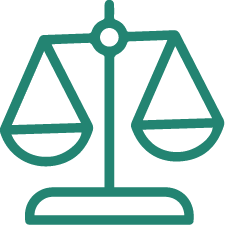
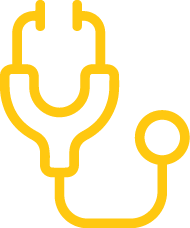
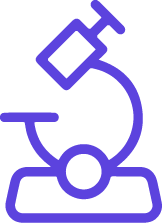
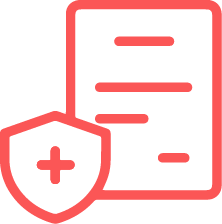
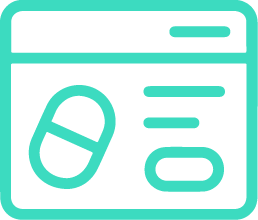





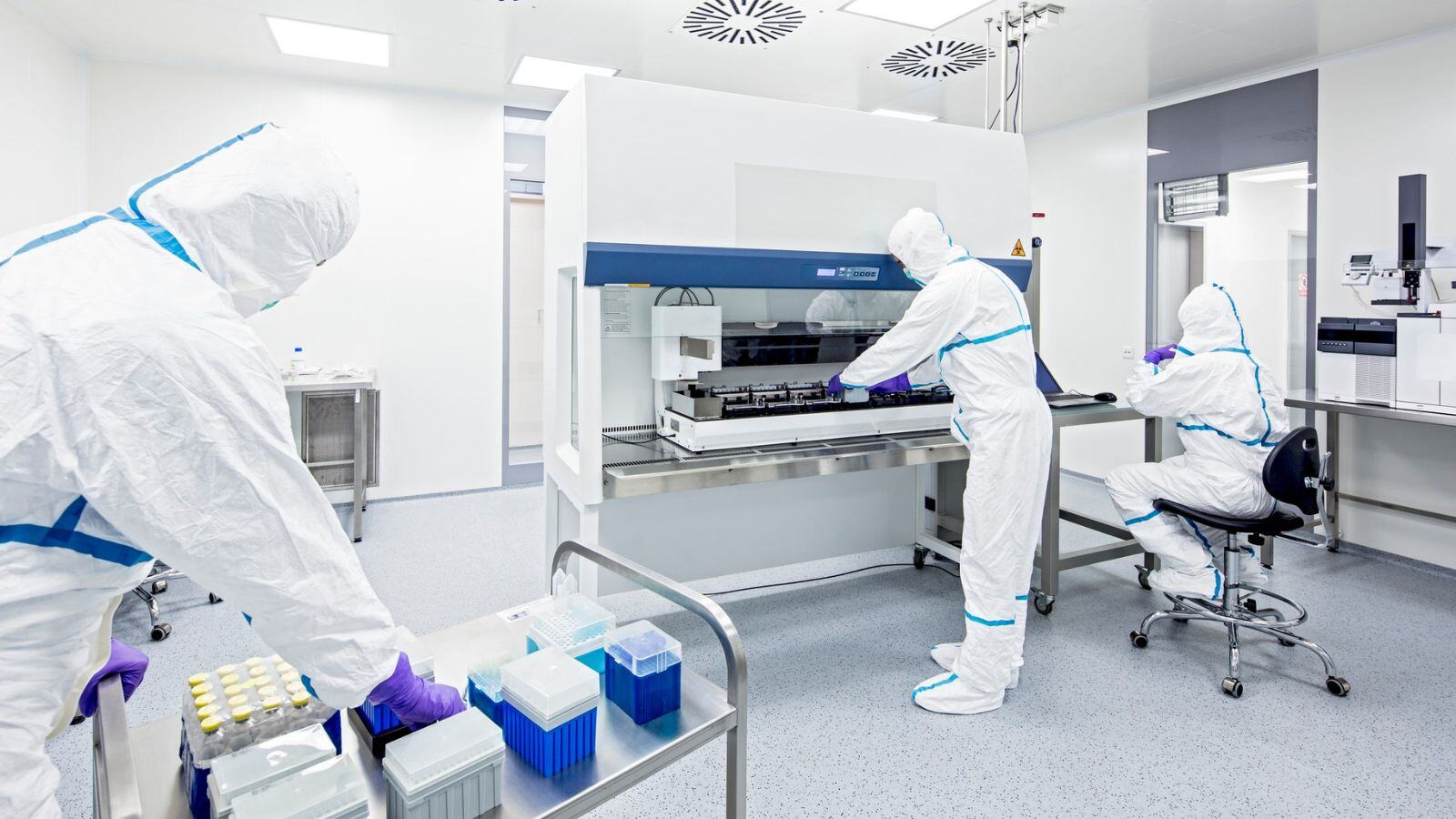
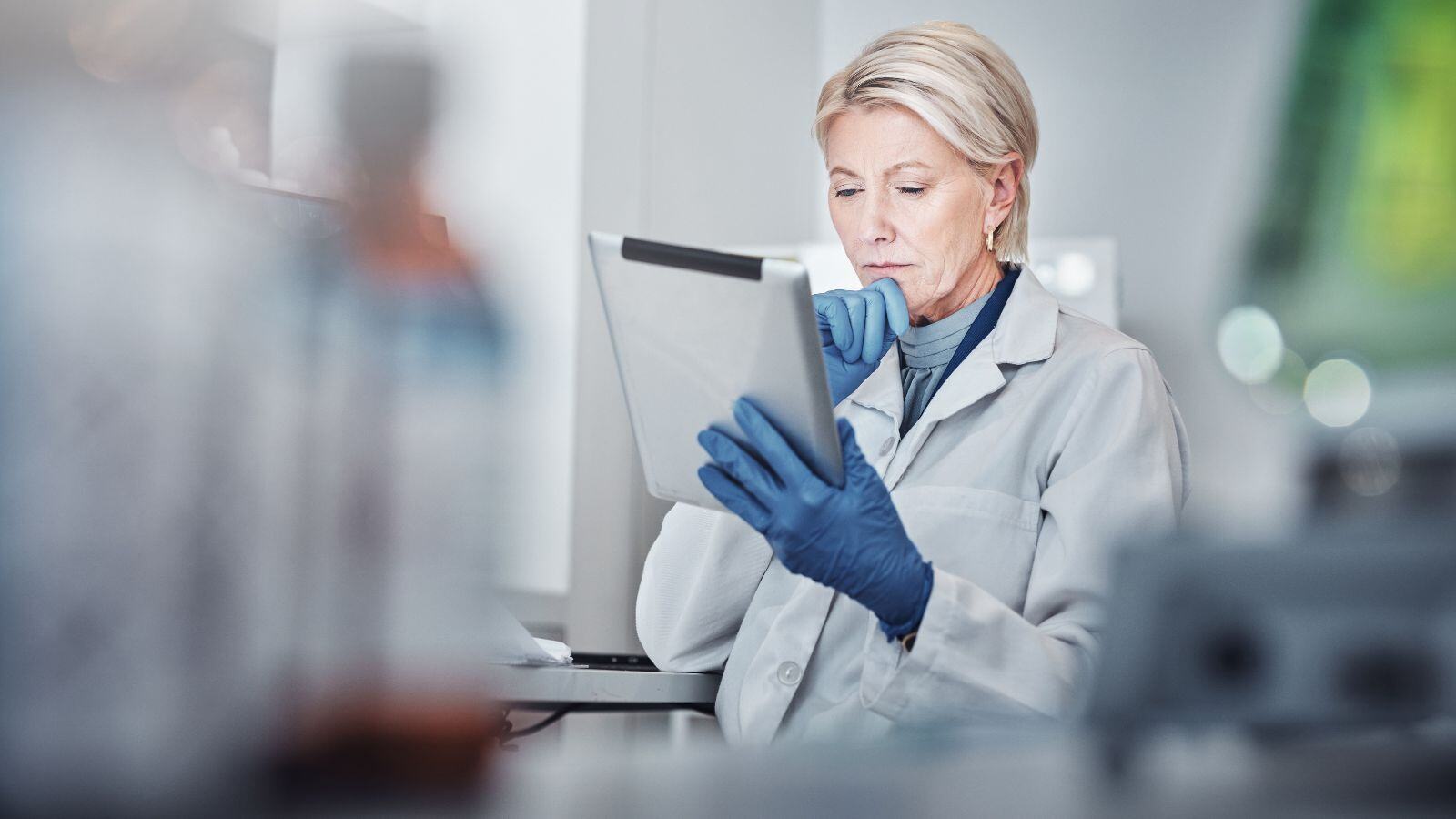


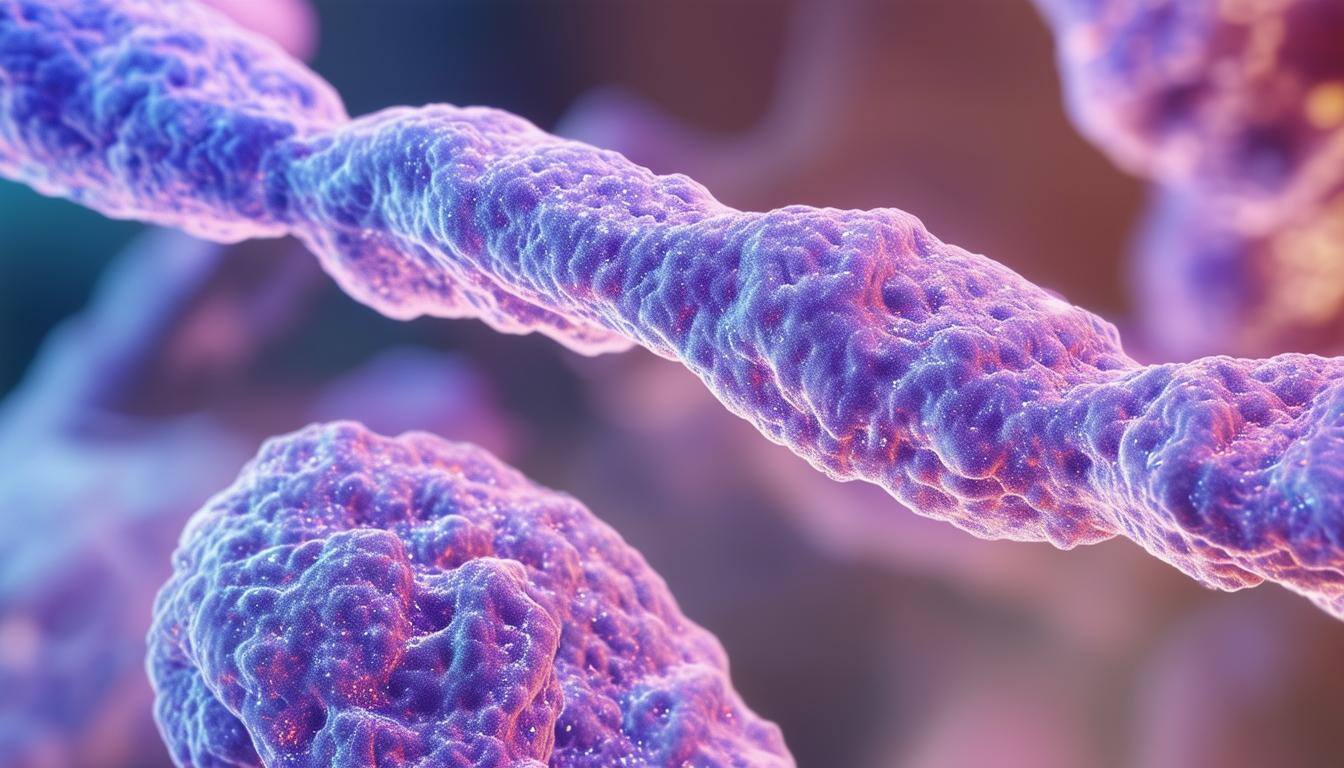
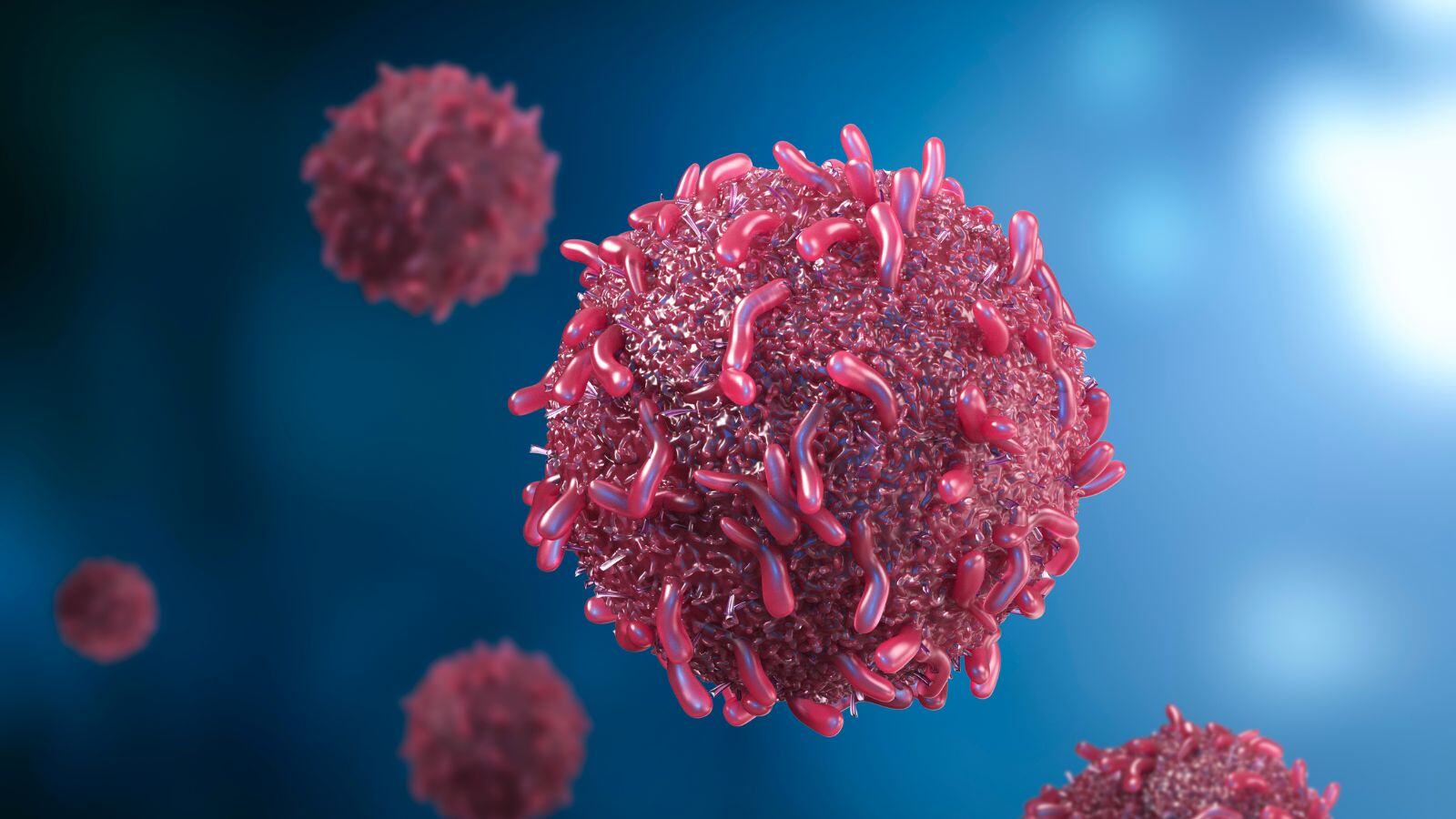
.png)
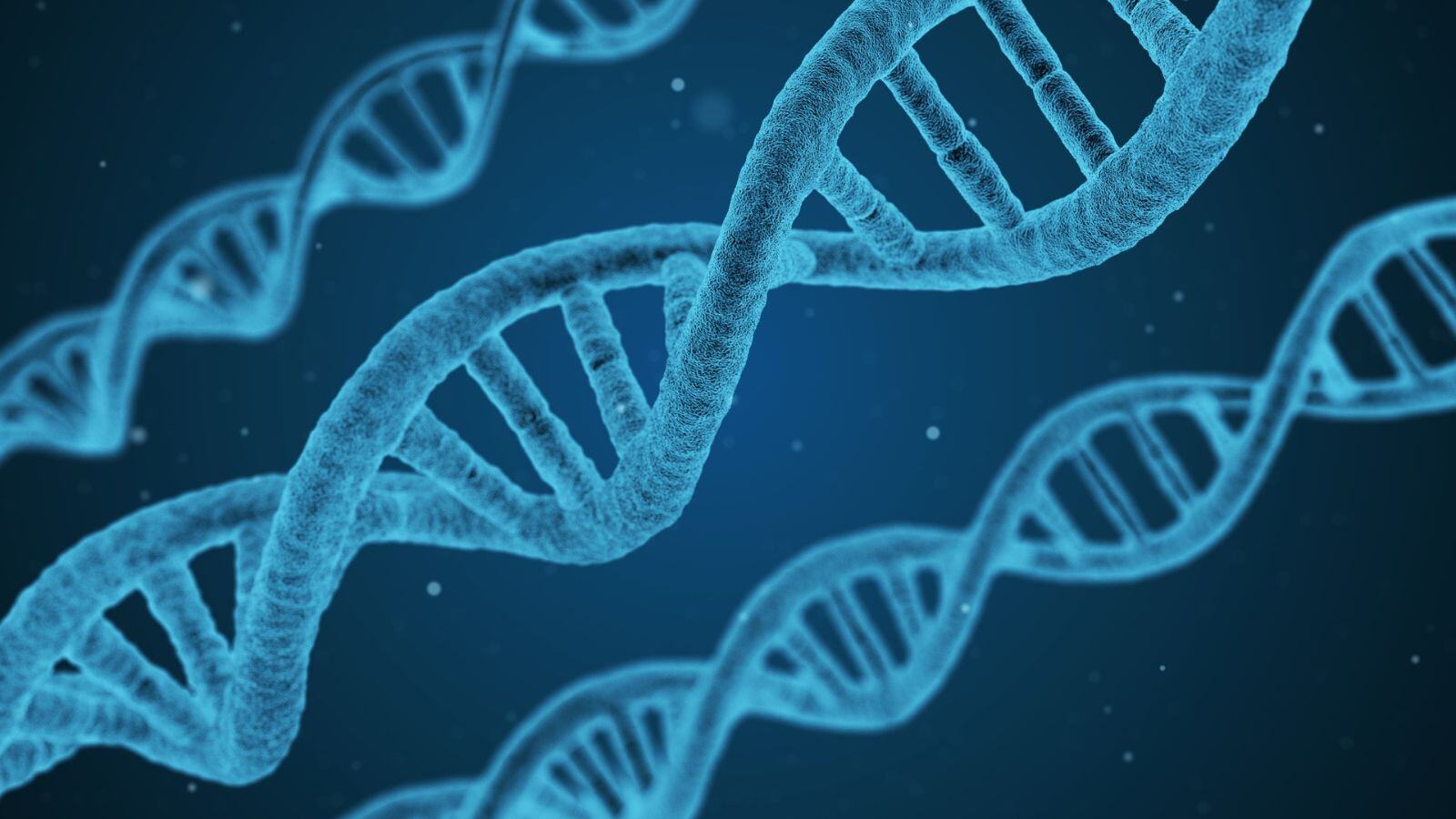
.jpg)
